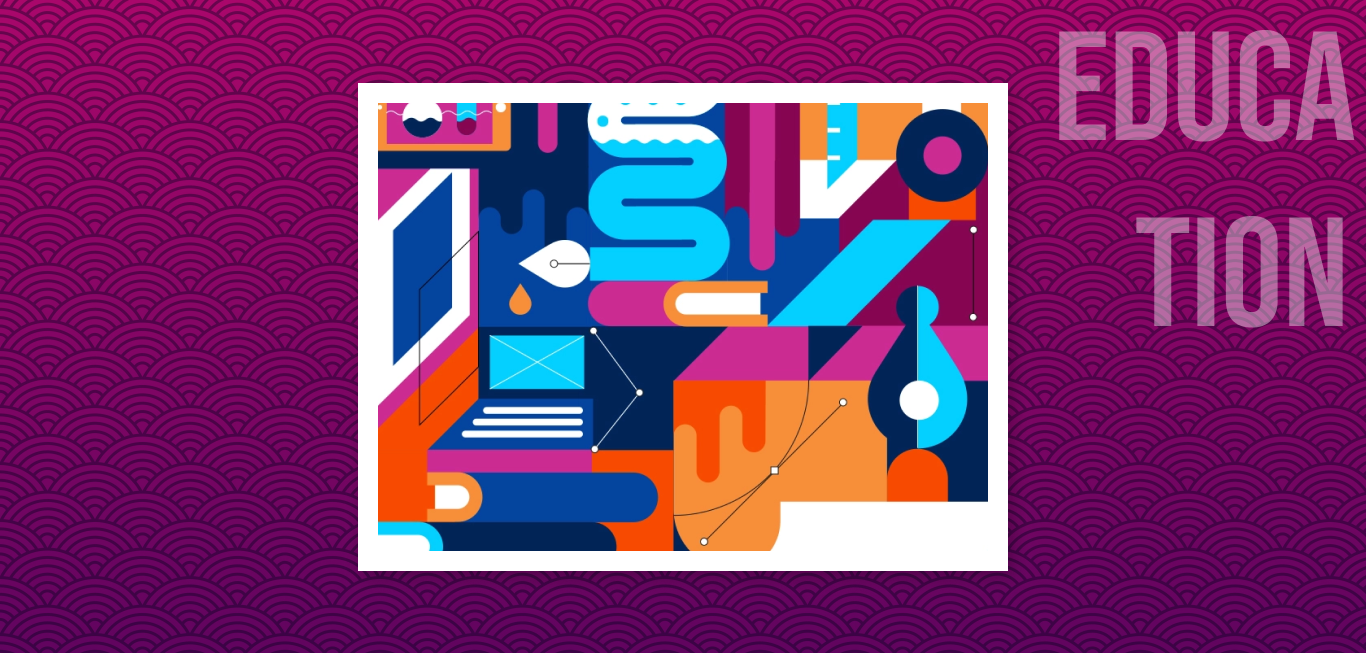
Project information
- Category: Education and mentoring
- Beneficiaries: Post graduate design students
- Role: Design Lead, Mentor
Project Brief
Designing a course to educate freshers of Industrial Design PG batch about the industry methods and how to pursue a career in Design industry. The course resulted in selection of 3 out of 12 students in the design industry and inadvertently led to birth of a new culture of passing on this knowledge to new comers.
Motivation
During my post graduation in Indutrial Design we didn't have UX & UI Design as part of the curiculum. To build a career in this domain (*that is still quite promising and fulfilling), one has to do everything on their own.
After I got a job as a UX-UI Designer, freshers from the college reached us for guidance.
Problem
After enquiring the students it was observed that they want to secure a job in the UI-UX design industry, and for that, they need a portfolio of works.
Accessing their then level of understanding of UI & UX design, we realised that a fundamental understanding of the process was needed.
Mission
After discussions with the students, our college seniors and Professor, we decided to design a course that would cover:
- Introduction to the design process
- Group and Individual design exercises - Brainstorming, critiques, concept generation etc
- Creating portfolio
- Make the students aware about the design processes employed in the industry
- Make the students capable of creating a portfolio for themselves
- Equip the students with necessary knowledge to secure a job in the UI-UX design industry
Design of the course
We rely on learning by doing, hence designed the whole course around the same philosophy. Every student has to involve in the process in order to get results, instead of us delivering theories and lectures we designed it so that it will be driven by the students.
Course Structure
The course was conducted online through "Google meet".
Timings
- Course duration-15 days
- Sessions - 1.5-2 or more depending on the type of activity
Assessment
- 2 assignments (mid & end)
- Assignments reiewed by the assigned mentors in one-one sessions
Timeline
Introduction
LecturePrepare project plan
LectureProject plan discussions
one-one discussAssignment discussions
LectureDesign review
LectureAssignment discussions
LectureDesign review
LectureCourse Delivery
We employed a mix of delivery methods, in order to make the course an engaging process.
- lecture sessions (KT)
- Group discussions
- one-to-one discussions
- Creative activities
To educate about the fundamentals. Provide necessary resources and tools.
participate and conduct productive discussions. Discuss problem and solutions, give and take criticisms constructively. Effectively collaborating.
Detailed discussion on reviews, feedbacks focused on individual projects.
Activities to flex creative muscles. Like identifying problems through observations, thought experiments, word association etc.
Choosing project
As the course was inteded to teach the design process, we eased the pressure of searching a project by providing a list of projects to choose from.
Student can choose 1 project on first come first serve basis as the number of projects were limited.
Regular interactions and student engagement
Initial 4 days were about introduction and fundamentals of the process.
Later sessions were more interactive and involved different activities designed to encourage collaboration.
Some of the activities were:
- Viewing design documentaries and design case studies
- Identify design problems in a scenario (looking at an image)
- Group Discussions and Brain storming on projects
Group as well as one-to-one feedback sessions
All the design were discussed. We choose some designs as an example to demonstrate the critique sessions to the students. Other ideas we took in one-to-one feedback sessions by the assigned mentors.
Portfolio disguised as assignments
We devised the structure of assignments in such a way that it could directly be converted to portfolio.
Portfolio preparation
As the assignments were structured in such a manner that they can be translated directly into portfolio, students were free to build on top of that or built something entirely different. It all depend on how they want to present their work.
Outcome
We received positive feedbacks from the students. There were differences in individual understandings, but overall they were feeling more confident about the process, and had grasped a basic understanding.
3 students were able to get jobs in Think design later.
Takeaway
Teaching is a noble profession. It is like taking up the responsibility of future, as if you are creating human for the future, now. So it is very important to check what you are delivering. My respect for all the teachers, professors has tremendously increased once I walked in their shoes, although for a while.
- Students are young and free, if we try to make them realise something, it rarely works. They learn through their own experience. We can only help in exposing them to different possibilities.
- For a mentor teaching something always reinforces the subject that one knows. I realised how much I know and more importantly how much I do not know. Learnt about leading projects, giving constructive feedbacks, design a learning module etc.
